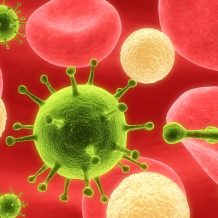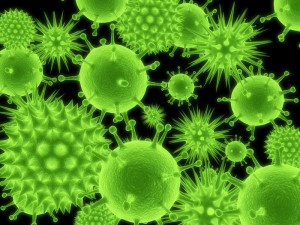Yeast Infection Is Not An STD

Yeast infection is nothing but the widely known Candida infection. Oral yeast infection known as thrush is also seen in many patients. Some yeast infections are systemic and can even be life threatening. The major problem of all is vaginal yeast infection.
A specific species of yeast, Candida albicans is the main cause of vaginitis. Vaginitis can as well be caused by other species like gonorrhea and trichomonas. The common yeast infection type being the one caused by Candida, therefore Vaginal Candidiasis. It is noteworthy that nearly 25 to 50 percentage of healthy women walk around with yeast in the vaginal area. Nearly, 70% of women report vaginitis at least once in their life time.
What causes yeast infection?
A dramatic increase in the number of colonies of yeast in the vagina causes yeast infection. This can in turn lead to burning, soreness, pain during coitus, and in some cases vaginal discharge.
In conditions involving urinary traction infection, respiratory tract infection or other medical conditions, strong courses of antibiotics tend to act against the normal protective bacteria in the vagina as well. This can also be caused due to immunosuppressive drugs. Following the administration of such drugs, the numbers of yeast colonies multiply and invade the surrounding tissues leading to inflammation and itching of the corresponding areas.
Yeast infection has also been identified following chemotherapy as well in women with suppressed immune system while on cortisone drugs. This condition is also prevalent in cases involving pregnancy, in women with diabetes infection, in conditions of patients who are on oral contraceptives as well.
Using douches and vaginal sprays that are perfumed can as well cause yeast infection. It should be noted that Candida infection is not an STD infection; however, men can experience skin irritation if their partner has yeast infection. Normally, couples are recommended to refrain from sex during yeast infection to avoid the symptoms that might follow it.
A cheesy white deposition of discharge that can be scraped and sent for confirmatory culture test to the laboratory is a diagnostic identification for the condition. Microscopic examination of the scraped sample is the easiest and least expensive method to identify yeast infection.
Defeating the infection
Yeast is a fungus and therefore this condition is mostly helped with anti-fungal medications. Antifungal ointments are prescribed for topical application and antifungal agents are prescribed for oral intake as well. In some cases, the yeast infection is likely to be a mix of different species or microbes and therefore might warrant a combination of treatment to help with the condition. It is worthy to note that non-yeast flora or microbes can as well cause similar symptoms.
 Fluconazole is the widely prescribed solution for yeast infection. Some physicians choose to treat the condition with anti-fungal vaginal suppositories (the drug delivery system that is inserted in to the vagina to help with the condition) instead of oral medications. These suppositories are made up of vegetable oils that dissolve and spread slowly at room temperature. It is then further absorbed in to the blood stream.
Fluconazole is the widely prescribed solution for yeast infection. Some physicians choose to treat the condition with anti-fungal vaginal suppositories (the drug delivery system that is inserted in to the vagina to help with the condition) instead of oral medications. These suppositories are made up of vegetable oils that dissolve and spread slowly at room temperature. It is then further absorbed in to the blood stream.
In cases where Candida colonies are present without any troubling symptoms like inflammation or itching, it is not necessary to treat the condition. This is because a few yeast colonies are a part of the natural protective mechanism; they become a big issue only when they multiply beyond normal ranges.






